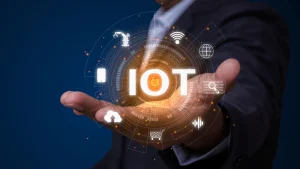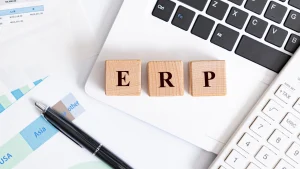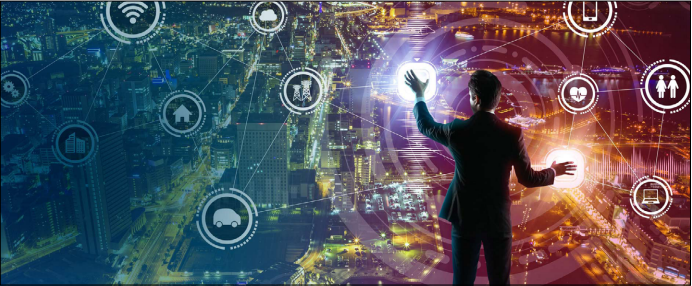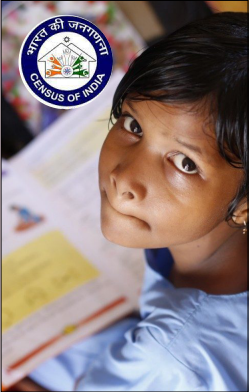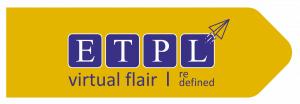
Uncategorized
Why Education ERP Software with BI (Business Intelligence) is a Game-Changer for Institutional Growth
Read More »
May 29, 2025
No Comments

Uncategorized
The Role of Digital Wallets in Student Management System: Simplifying Payments for Schools.
Read More »
May 20, 2025
No Comments

Uncategorized
The Role of Education ERP Software in Reducing Dropout Rates and Improving Student Success
Read More »
May 15, 2025
No Comments

Uncategorized
How School ERP Software Helps Schools Track and Improve Student Mental Health & Well-being
Read More »
May 8, 2025
No Comments





